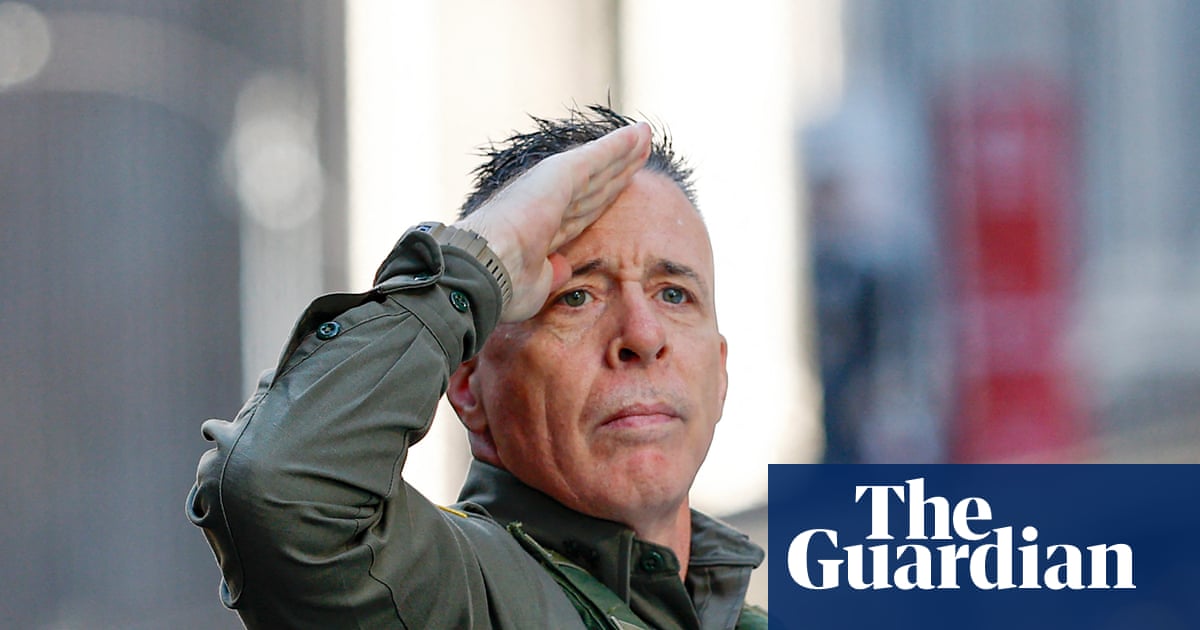When you buy through links on our articles, Future and its syndication partners may earn a commission.
JAXA astronaut Kimiya Yui, a member of Expedition 73, captured this view of Earth over Japan from the International Space Station on Oct. 2, 2025. | Credit: NASA/JAXA
The Expedition 73 crew continued their science research and maintenance work aboard the International Space Station this week, despite the start of a U.S. government shutdown back on Earth.
Orbital observation
Hello from space!
"Today was a busy day as well, but I was able to take some photos in between workouts," wrote Kimiya Yui on social media on Thursday (Oct. 2). "About 25 minutes after taking photos near the Mediterranean, we passed over Japan's Honshu. Those who saw the ISS yesterday evening and waved to it, ended up waving to me while I was doing strength training looking out the window."
JAXA astronaut Kimiya Yui, an Expedition 73 flight engineer, photographed Russia's Soyuz MS-27 spacecraft docked to the Earth-facing port of the Prichal node and Cygnus XL "S.S. William C. 'Willie' McCool" berthed to the Unity node while the International Space Station was over the Mediterranean on Thursday, Oct. 2, 2025. | Credit: NASA/JAXA
Science status
Among the research that was conducted by the Expedition 73 crew aboard the space station this week was:
SHRIMP — NASA astronaut Jonny Kim activated the State-of-the-art Humidity Removal in Microgravity Payload, a device designed to extract moisture from a spacecraft's atmosphere for reuse.
Heat Transfer Host 2 — Mike Fincke, also with NASA, installed the new experiment to study condensation when gas turns to liquid, potentially adding to the development of thermal systems for crewed spacecraft sent on deep-space missions.
ADvanced Space Experiment Processor-4 — NASA flight engineer Zena Cardman installed new sample cassettes for a study supporting the manufacturing of medicines (drugs or pharmaceuticals) in microgravity.
Station keeping
The Expedition 73 crewmates also took part in activities to maintain the space station's systems and prepare for future research.
Fluid Science Laboratory — Mike Fincke and Jonny Kim spent time configuring this European Space Agency (ESA) apparatus for researching the physics of fluid in microgravity. They changed out electrical cables, brought together components and mounted foam coarsening samples.
Capture Bag Demo — Fincke also installed the TransAstra Fly Trap Capture Bag Demo into the NanoRacks Bishop airlock, ahead of tests to show its capability to remain open, close and stay airtight in the weightless environment of space. The bag may be a method of capturing and disposing of space debris.
Electrostatic Levitation Furnace — JAXA astronaut Kimiya Yui changed out specimen handling hardware and configured cables for this device, which uses lasers to heat materials to ultra-high temperatures while data is collected about the thermo-physical properties of the samples.
By the numbers
As of Friday (Oct. 3), there are 7 people aboard the International Space Station: Expedition 73 commander Sergey Ryzhikov of Roscosmos; fellow cosmonauts Alexey Zubritsky and Oleg Platonov; Jonny Kim, Zena Cardman and Mike Fincke of NASA; and Kimiya Yui of JAXA, all flight engineers.
There are two docked crew spacecraft: SpaceX's Dragon "Endeavour" attached to the zenith port of the Harmony module and Roscosmos' Soyuz MS-27 attached to the Earth-facing port of the Prichal node.
There are four docked cargo spacecraft: Roscosmos' Progress MS-31 (92P) docked to the space-facing port of the Poisk module and Progress M-32 (93P) docked to the aft port of the Zvezda service module, SpaceX's CRS-33 Dragon spacecraft docked to the forward port of Harmony Node 2 and Northrop Grumman's NG-23 Cygnus XL, the "SS William C. 'Willie' McCool," berthed to the Unity node.
As of Friday, the space station has been continuously crewed for 24 years, 11 months and 1 day.

 German (DE)
German (DE)  English (US)
English (US)  Spanish (ES)
Spanish (ES)  French (FR)
French (FR)  Hindi (IN)
Hindi (IN)  Italian (IT)
Italian (IT)  Russian (RU)
Russian (RU)  3 weeks ago
3 weeks ago
























Comments